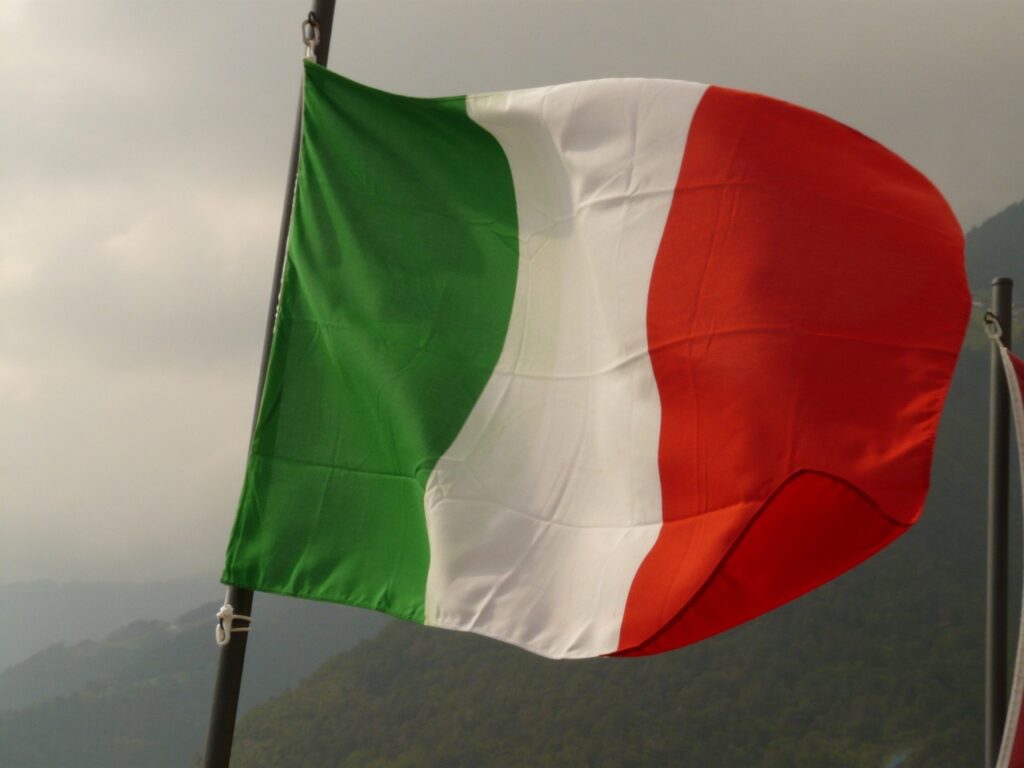Italy’s first industrial application of green hydrogen blending is set to begin this September, when food giant Granarolo starts receiving a supply of gas mixed with up to 20% green hydrogen.
The initiative—led by Europe’s largest gas distributor, Italgas (IG.MI), in partnership with Edison Energia (EDNn.MI)—marks a significant technical milestone. But while the symbolic value of the pilot is clear, its replicability at scale remains uncertain given persistent cost and infrastructure challenges.
The project, announced Thursday, will see hydrogen produced via electrolysis using renewable energy from a Sardinian power plant operated by Italgas. The hydrogen will be blended into the existing gas grid and delivered to a Granarolo facility, where it will serve industrial processes. While up to 20% hydrogen content is technically possible in some distribution systems without extensive modifications, operational realities often impose stricter limits.
The companies involved have not disclosed the specific volume of hydrogen to be supplied, nor the energy intensity of the plant’s processes—a detail that would allow for a more meaningful evaluation of the project’s impact.
The European Union’s energy transition framework places green hydrogen at the center of industrial decarbonization. Yet despite generous policy support, actual deployment remains nascent. According to the International Energy Agency, as of 2023, green hydrogen costs in Europe still range between €4 and €8 per kilogram—roughly two to five times the cost of grey hydrogen derived from natural gas. These economics significantly limit demand outside of heavily subsidized pilot projects.
Italy’s approach via blending is a pragmatic attempt to bypass the chicken-and-egg problem of hydrogen infrastructure. However, it risks becoming a stopgap if not followed by efforts to build dedicated hydrogen pipelines or support for hydrogen-ready industrial retrofits.
Blending hydrogen with natural gas in distribution networks poses both opportunities and constraints. While 20% hydrogen blends are technically feasible in certain systems, distribution pressures, pipeline materials, and end-use applications vary widely. The Italian regulatory body ARERA is currently evaluating hydrogen injection standards, but long-term infrastructure readiness remains a bottleneck.
Moreover, blending dilutes the emissions benefit. A 20% hydrogen blend by volume typically results in only a 7% reduction in CO₂ emissions due to hydrogen’s lower energy density. For industrial players like Granarolo, this raises questions: is the net decarbonization meaningful enough to justify the logistical complexity?
From a market perspective, the Italgas-Edison initiative serves more as a signal of intent than a model for rapid industrial decarbonization. Italy has pledged to reach 5 GW of installed electrolyser capacity by 2030 under its national hydrogen strategy, yet progress remains slow. Most of Italy’s electrolyser projects are still in planning or early development stages, with only small-scale demonstrators in operation.
Stay updated on the latest in energy! Follow us on LinkedIn, Facebook, and X for real-time news and insights. Don’t miss out on exclusive interviews and webinars—subscribe to our YouTube channel today! Join our community and be part of the conversation shaping the future of energy.
